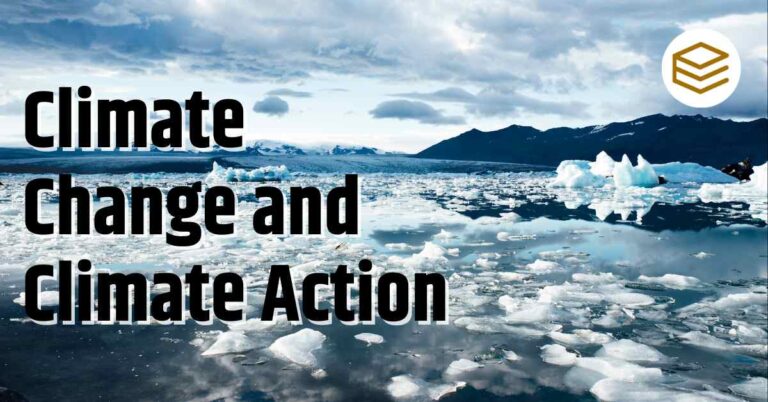October 25, 2025 12:35 am
Subject: Environment
Section: Climate Change
Topic: Growth in India’s Greenhouse Gas Emissions
India’s greenhouse gas (GHG) emissions have shown a steady increase over the past decade, reaching concerning levels despite global efforts to reduce emissions. From 2014 to 2023, emissions in India have risen significantly, driven by economic growth, industrial expansion, and high energy demands.

Context of India’s GHG Emissions
India’s GHG emissions are measured in megatonnes of CO₂ equivalent per year (Mt CO₂eq/yr), reflecting a continuous upward trend.
GHG Emissions Growth (2014–2023)
- 2014: 3,270.4 Mt CO₂eq/yr
- 2023: 4,133.6 Mt CO₂eq/yr
- Growth Rates:
- 2023: 6%
- 2022: 5.9%
- 2021: 7.2%
India’s Contribution to Global GHG Emissions
In 2023, India accounted for 7.8% of global GHG emissions, making it the 3rd largest emitter after China (30.1%) and the United States (11.3%). Despite being a significant emitter, India’s per capita emissions remain lower compared to many developed nations.
Major Contributors to GHG Emissions (2023)
- Power Industry: 46.6%
- Industrial Combustion: 20.9%
- Transport Sector: 11.5%
These sectors highlight the energy-intensive nature of India’s economic activities, with a heavy dependence on fossil fuels.
Historical Emissions Growth (1990–2023)
Since 1990, CO₂ emissions from the power industry and transport sector have increased 5 to 6 times. This substantial growth is linked to India’s rapid industrialization and urbanization, which have driven up energy demand.
India’s Historical GHG Contribution
Despite representing approximately 17% of the global population from 1850 to 2019, India’s historical cumulative contribution to global GHG emissions is only 4%. This disparity emphasizes the country’s lower historical responsibility for climate change compared to developed nations.
Per Capita GHG Emissions
- 2023: 2.9 CO₂eq/cap/yr
- 2014: 2.5 CO₂eq/cap/yr
While per capita emissions have risen, they remain significantly lower than the global average, underscoring the challenge of balancing development needs with climate action.
The Energy Sector’s Role in GHG Emissions
Dependence on Fossil Fuels
- In 2022, 88% of India’s primary energy consumption came from fossil fuels.
- 77% of total electricity generation was based on fossil fuels, highlighting the need for a transition to cleaner energy sources.
Efforts Toward Renewable Energy
- India is increasing the use of solar and wind energy to reduce reliance on fossil fuels. However, the transition has been slow, given the country’s vast energy needs.
Carbon Emissions Increase (2013–2023)
India’s carbon emissions grew from 2 Gigatonnes (Gt) in 2013 to 2.8 Gt in 2023, marking a 40% rise over the decade. This data, provided by the International Energy Agency (IEA), reflects the urgency of implementing robust climate policies.
Prelims Questions
- Which of the following sectors contributed the most to India’s GHG emissions in 2023?
- (a) Transport Sector
- (b) Industrial Combustion
- (c) Power Industry
- (d) Agriculture
Explanation: The power industry was responsible for 46.6% of India’s total GHG emissions in 2023, making it the largest contributor. - Consider the following statements regarding India’s GHG emissions:
- India’s per capita GHG emissions in 2023 were 2.9 CO₂eq/cap/yr.
- India’s share of global GHG emissions in 2023 was 4%.
- (a) 1 only
- (b) 2 only
- (c) Both 1 and 2
- (d) Neither 1 nor 2
Explanation: India’s share of global GHG emissions in 2023 was 7.8%, not 4%.
Mains Question
Discuss the factors contributing to the increase in India’s greenhouse gas emissions from 2014 to 2023. What strategies should India adopt to balance economic growth with climate change mitigation?
Answer Framework:
- Introduction: Highlight the significance of GHG emissions in the context of India’s development and global climate change.
- Factors Contributing to GHG Emissions:
- Economic Growth: Rapid industrialization and urbanization leading to higher energy demands.
- Power Sector: Heavy reliance on coal and other fossil fuels for electricity generation.
- Transport Sector: Increasing vehicle ownership and limited public transport infrastructure.
- Strategies for Emission Reduction:
- Renewable Energy: Accelerate the deployment of solar, wind, and other renewables.
- Energy Efficiency: Implement stricter energy efficiency standards for industries and vehicles.
- Policy Measures: Strengthen climate policies, promote green technologies, and invest in sustainable infrastructure.
- Conclusion: Emphasize the need for a balanced approach that ensures sustainable economic development while mitigating climate change.
Explanation:
- Economic Growth vs. Sustainability: India must address its energy needs through a mix of renewable energy and energy efficiency measures.
- Policy Recommendations: Focus on long-term investments in clean energy and public awareness campaigns to promote sustainability.





